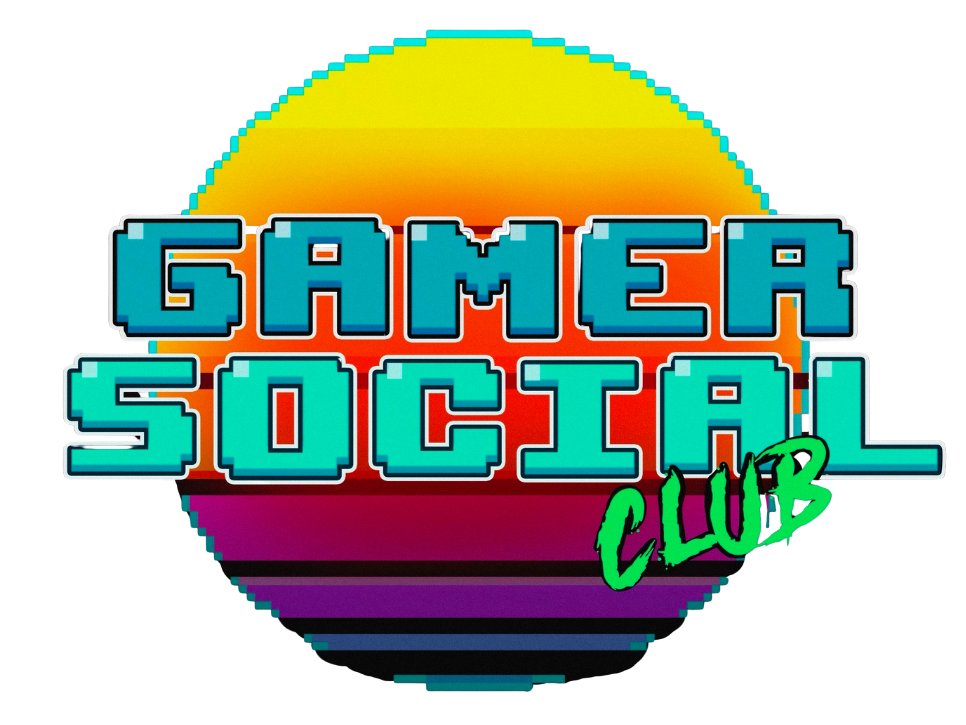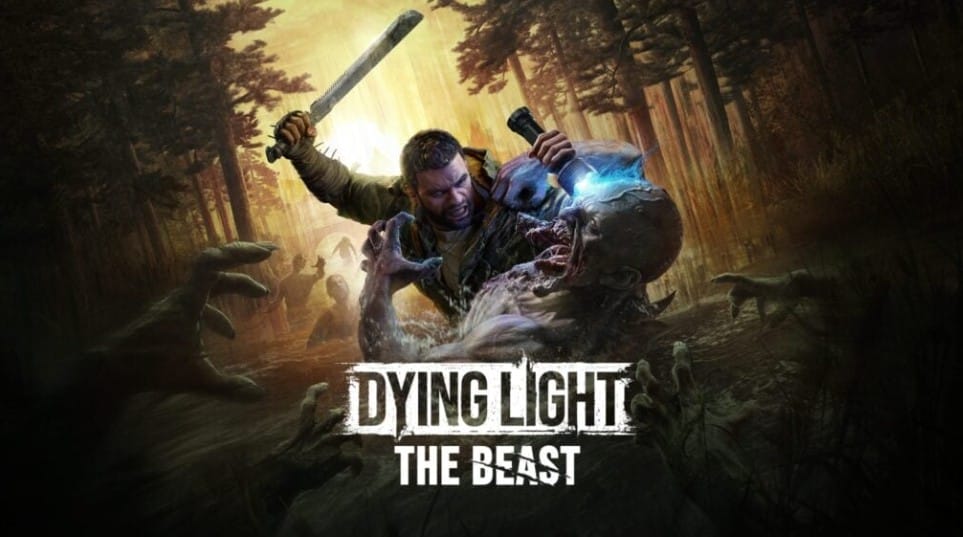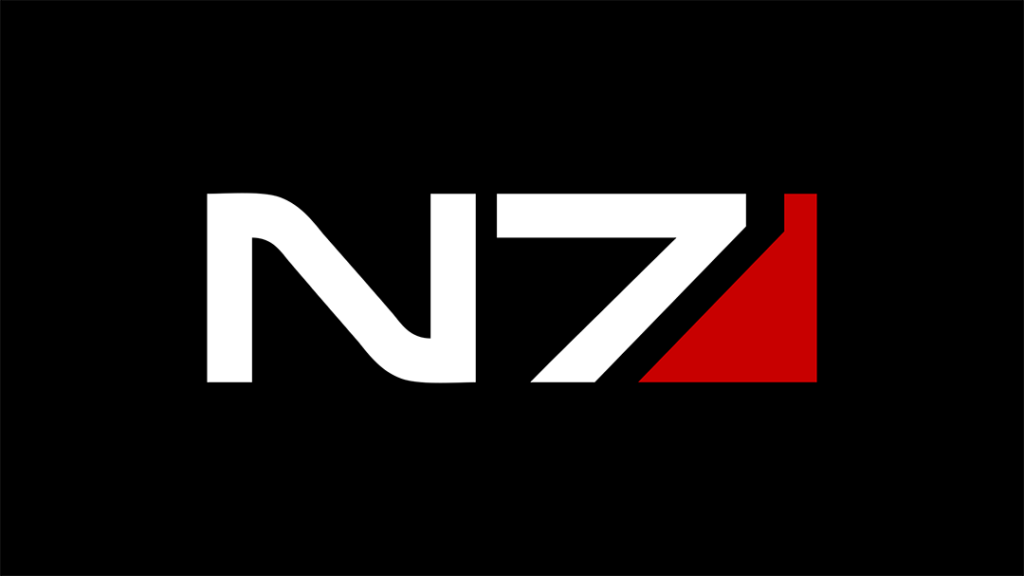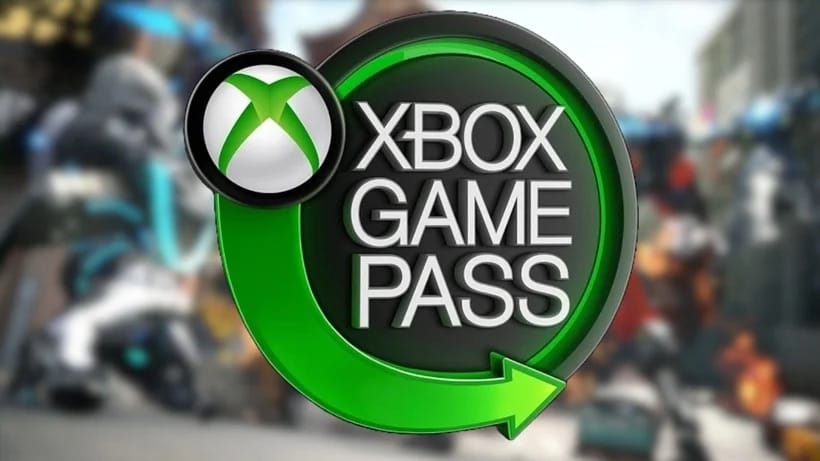Last month, I had the pleasure of going to Gamescom in Cologne, Germany, for the first time, and I didn’t hesitate to try and speak with as many game developers at the event as I could. One such appointment was with Nathan Lemaire, the Game Director of Dying Light: The Beast, the next entry in Polish developer and publisher Techland’s most popular and successful series.

Among the throngs of people at Gamescom, we sat opposite each other in a small room and got down to talking about Dying Light: The Beast. As someone new to the series but intrigued by this entry’s premise, I can’t think of a better person to pick the brains of… Mmm… Brains.
Harry Jones: Thank you so much, Nathan, for sitting with me. First off, I’m someone who is really excited by The Beast, because I actually have very little experience with the previous titles. When I saw this one, I thought it looked like a great jumping-in point. You’ve said in the past that this is a game new players can come to without feeling like they’ve missed a lot, which immediately appealed to me. I didn’t know if I’d have to play one, two, and all the expansions just to know what I was getting into.
So my first question is: how was it building a game that both carries through the series for existing fans, but also brings in new people who won’t feel lost?
Nathan Lemaire: That’s a very good question. It was a fun challenge. The franchise is over 10 years old now and has built a community of more than 50 million players across the titles. For us, it was important to take the best from Dying Light 1 and Dying Light 2 and bring them together.
With The Beast, the story’s premise really helps newcomers. You’re playing as Kyle Crane, the returning hero from the first game, who has been held captive for 13 years. Because of that, there are a lot of events he hasn’t witnessed. When he gets out, he’s asking: What happened? He discovers that the zombie outbreak has gone global, something he didn’t know when the first game ended in Harran. For him, it’s a new world, and for new players, it’s the same.
We also put a lot of thought into onboarding. The first few hours are crucial, so players can think, Wow, this is great, and I don’t need to play the others first. Of course, the secret hope is they’ll then want to go back and play the earlier games too!

HJ: Absolutely. As you said, players can peek at past events without being forced to know them. The character doesn’t know either, so you’re learning alongside him, and that might encourage you to explore the earlier games later.
The series has always balanced gameplay elements like the day/night cycle. With The Beast, it feels like you’re also balancing traditional Dying Light gameplay with this new Beast form, which gives players new options.
NL: Yes, more options. That’s very important for us. With the day/night cycle, we’ve always had the philosophy of “own the day, fear the night.” That’s still central. The Beast is designed as a survival action experience, so you still need to craft, manage resources, and be careful.
Even the most basic zombies, biters, are dangerous in groups. That forces tactical thinking, and sometimes avoidance is the best option. The Beast mode adds another layer. It develops with Kyle as the story goes, so at first it’s more of a narrative element, but then it becomes another tool. It doesn’t last long, but it gives you very powerful moments where you can deal massive damage or pull off extreme parkour moves.
HJ: So players have to make instinctive choices, like whether to unleash the Beast to finish a fight or to use it as an escape tool.
NL: Yes, exactly.

HJ: And of course, you’ve always been known for the parkour system, one of the very few first-person games that really builds around it. Does The Beast evolve parkour further, or is it more about continuity with what came before?
NL: Parkour is a pillar of the franchise. It’s something we’re always iterating on; making it more satisfying, more grounded, more realistic.
One of the ways we refresh parkour is through setting. Harran in the first game, and Villedor in the second, offered different environments, which shaped how parkour felt. You don’t move the same way in an old city full of layered rooftops as you do in an industrial zone. In The Beast, the environments feel diverse but natural, and that makes the parkour experience unique again.
We also put a lot of effort into blending parkour with combat. The dropkick, for example, is iconic for the series. We want to keep finding ways to make that seamless, so it feels immersive, like you’re really in this world, in a believable body with weight and momentum.

HJ: That makes sense. Many games let you do fantastical things, but Dying Light has always grounded those actions in a way that feels real, which has a huge impact on the experience.
On the Beast mode specifically, was it designed more as a gameplay feature, or did you also see it as a narrative tool?
NL: As Game Director, my goal is always to make narrative and gameplay one thing, not two separate tracks. That’s difficult, but very important.
With the Beast, I think we’ve done a good job. It’s introduced early on, and characters refer to it in the story. At first, Kyle can’t control it – it just unleashes unexpectedly in fights. That makes you think, I wish I’d had that ability in a different moment. Later in the story, as he learns to control it, the whole gameplay experience changes. So the narrative explains and supports that progression.
HJ: That’s great. Is the Beast also used for progression, like accessing new areas? Or is it more about player freedom?
NL: It’s more about freedom. We give players a lot of choice in how they approach situations. There are very few places you can’t reach. We’ve also hidden a lot of secrets – like drawings on walls hinting at stashes. We love giving players little mysteries to solve.
The Beast and the skill tree give you more tools, but ultimately, Dying Light is still a playground. We’ve created so many weapons and systems over the years, and added even more here, so players can get creative in how they want to play. Balance is important – there’s no “optimal” tactic that makes others obsolete. Everything has pros and cons.

HJ: That’s reassuring, because my worry would be getting bored with the human side once I had the Beast. But it sounds like there are enough weapons, parkour moves, and options that both forms stay fun.
One last question: is this new direction with the Beast meant to expand the Dying Light universe for the future, or is it more of a self-contained idea?
NL: We always have new ideas. The Beast isn’t the end of Dying Light. But for now, we’re focused on making this the best Dying Light yet. After release, we’ll look at what’s next.
HJ: Fair enough! Then I’ll finish with a fun one: do you have a personal favorite weapon or feature in the game?
NL: That’s always tough, because I play the game so much and enjoy a lot of it. But one I love is a new flamethrower-type weapon. It unleashes these massive bursts of fire, which is especially fun in tight environments.
What I like even more is the resource trade-off it creates. You need fuel to use it, but that same fuel might also be needed for your vehicle. So you’re always asking yourself: Do I save this fuel, or unleash the flamethrower? That kind of decision-making is at the heart of what I enjoy about the game.

Even with the monumental success that the Dying Light franchise has seen over the last decade, Techland is still keeping the formula fresh, mixing elements such as the Beast mode in with revamped staples like the series’ combat and parkour gameplay.
Dying Light: The Beast releases on September 18th across PC, PS5, and Xbox Series.





